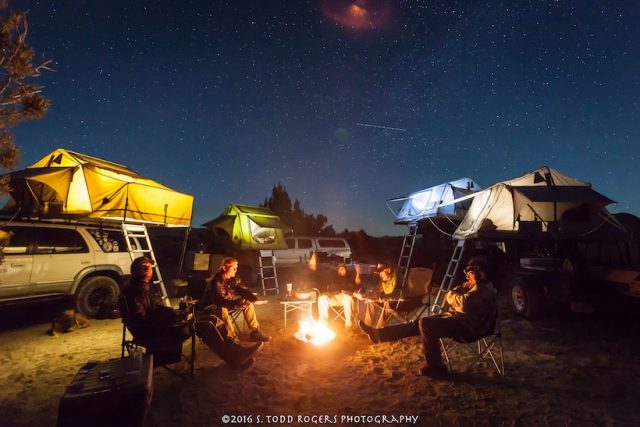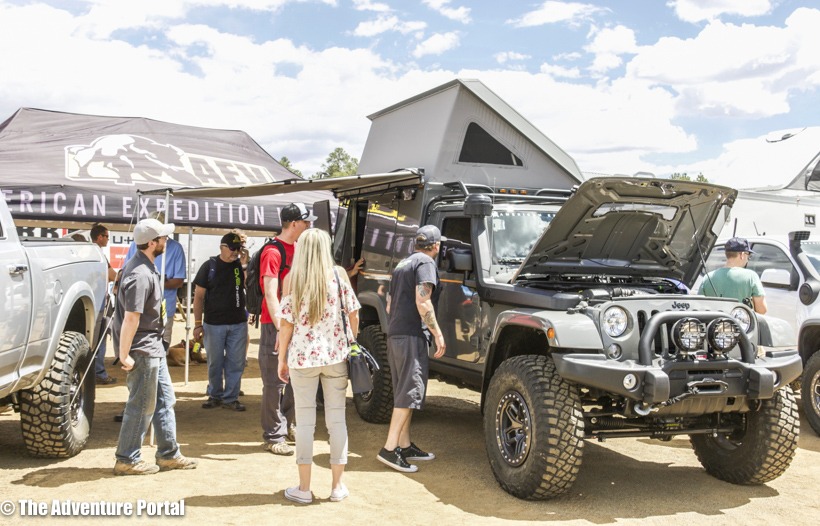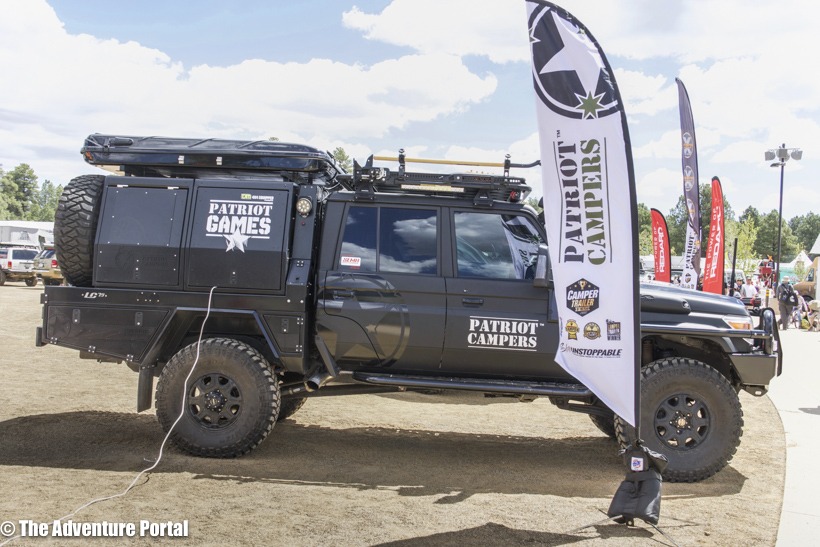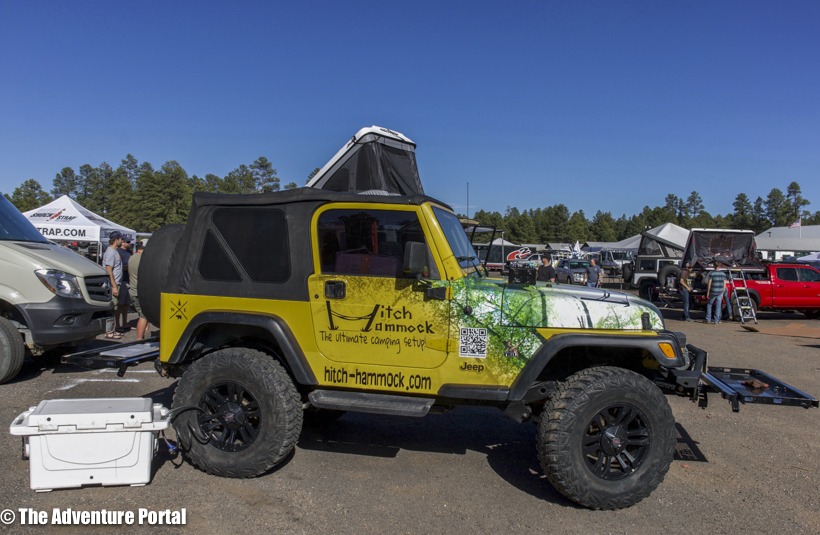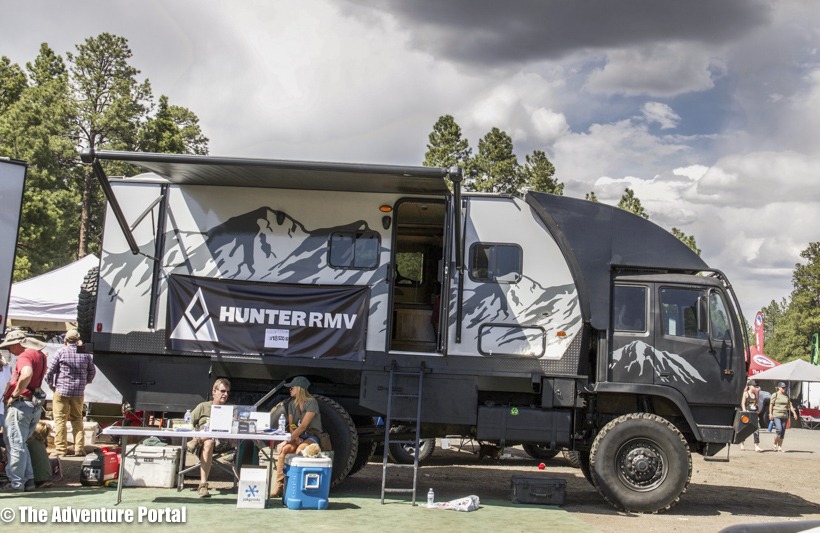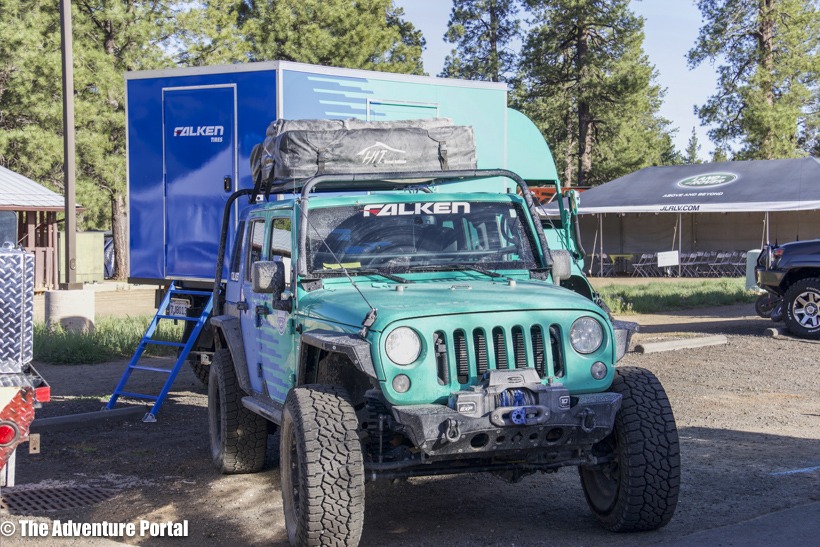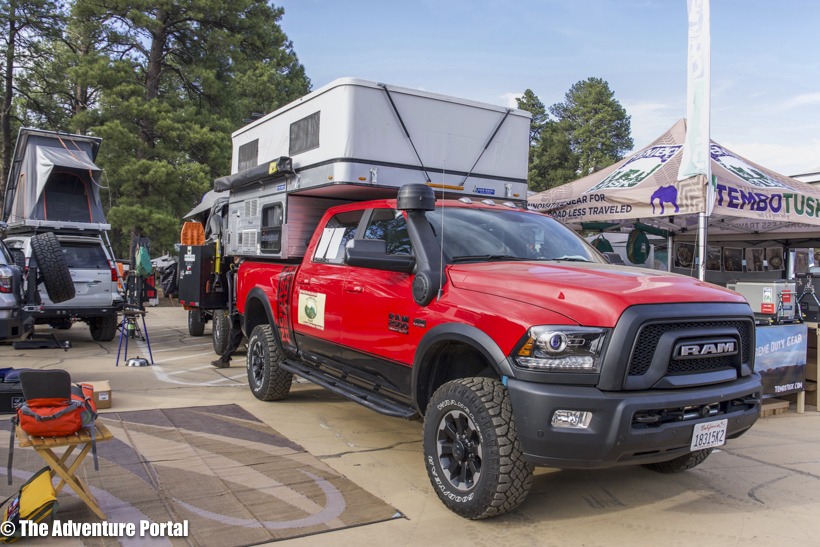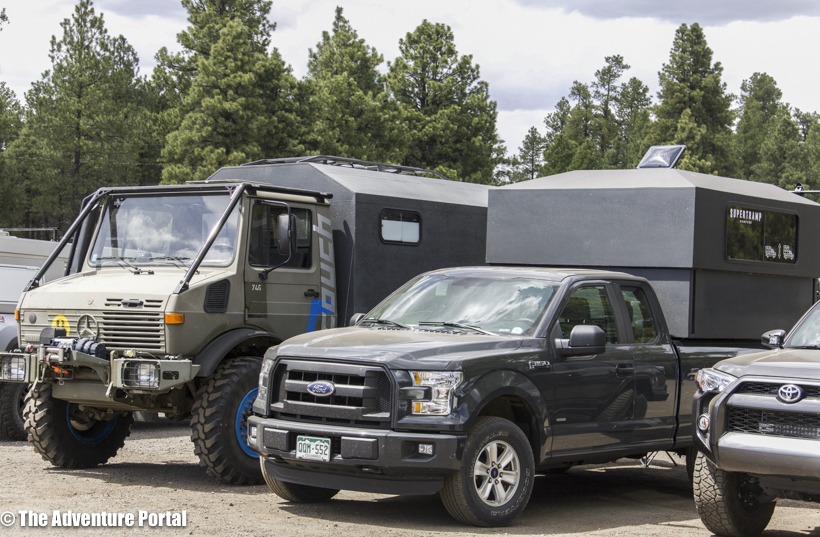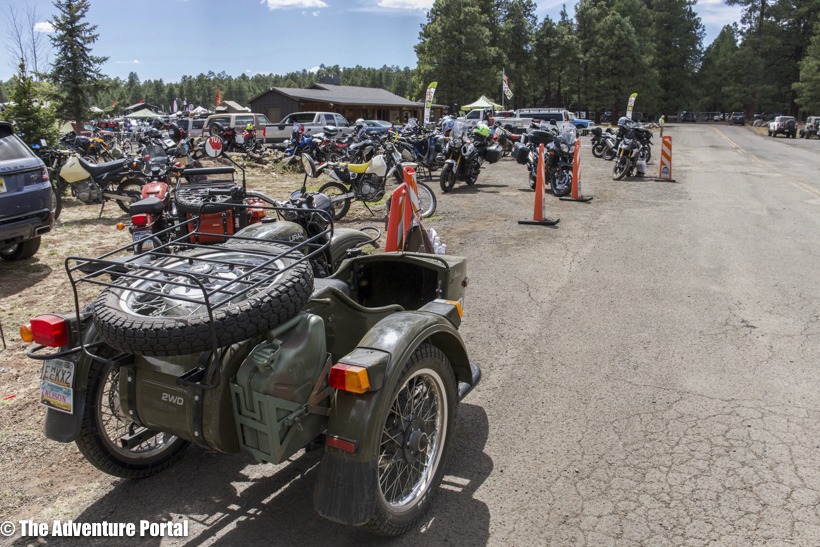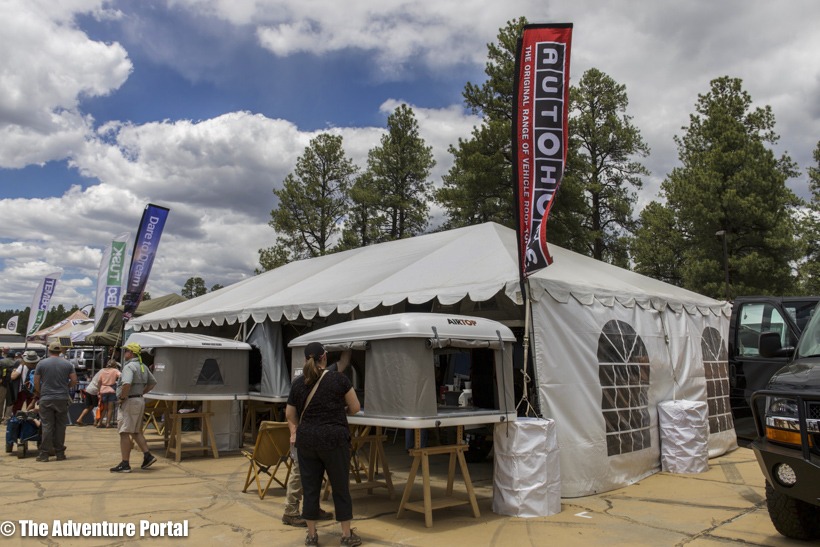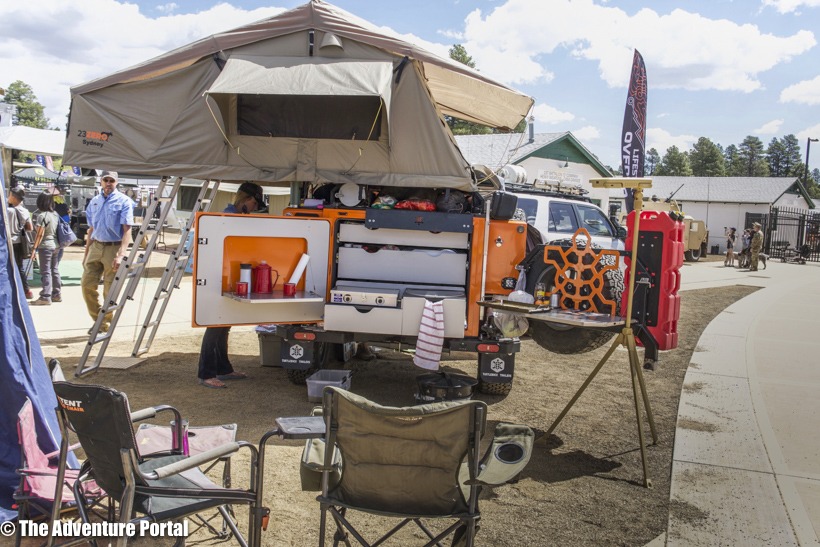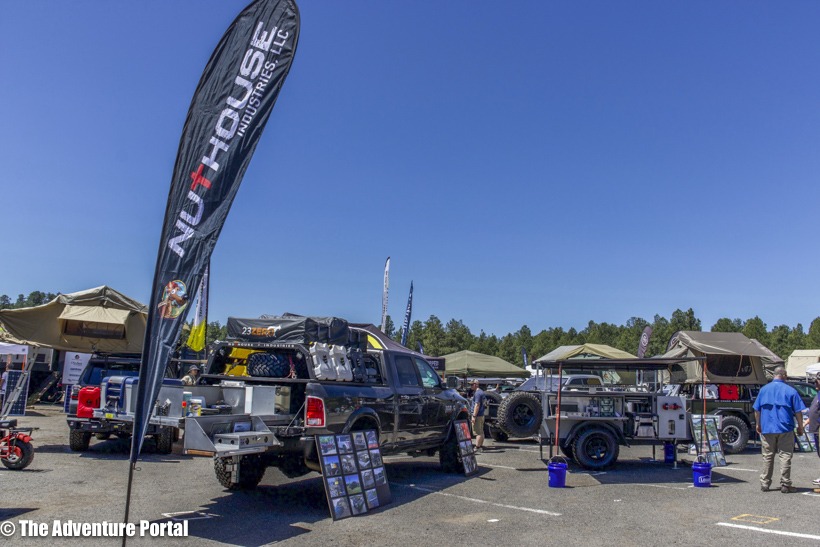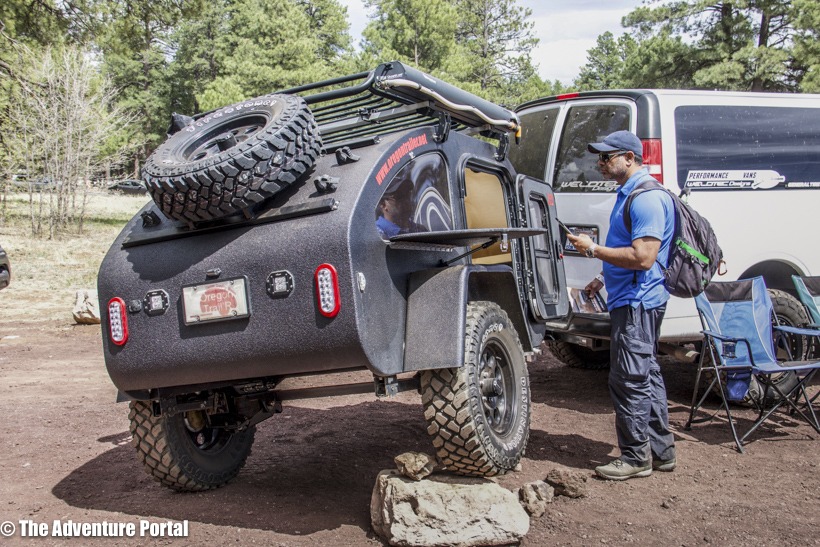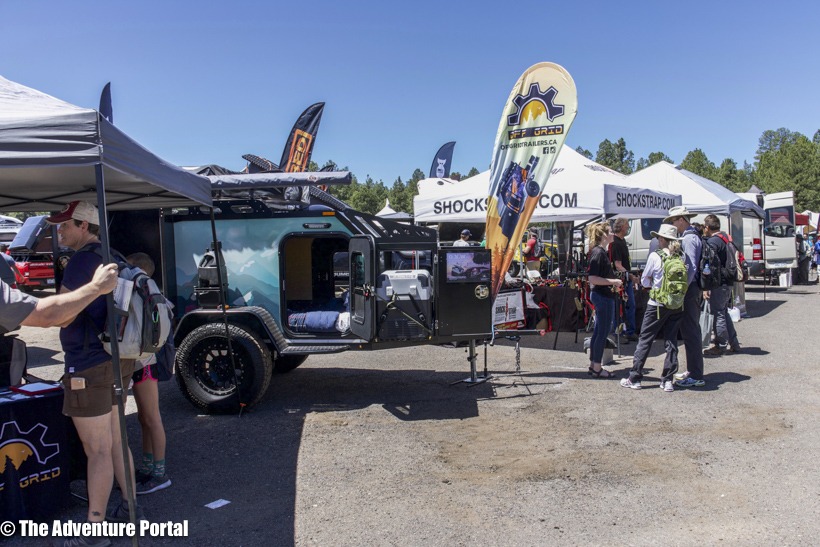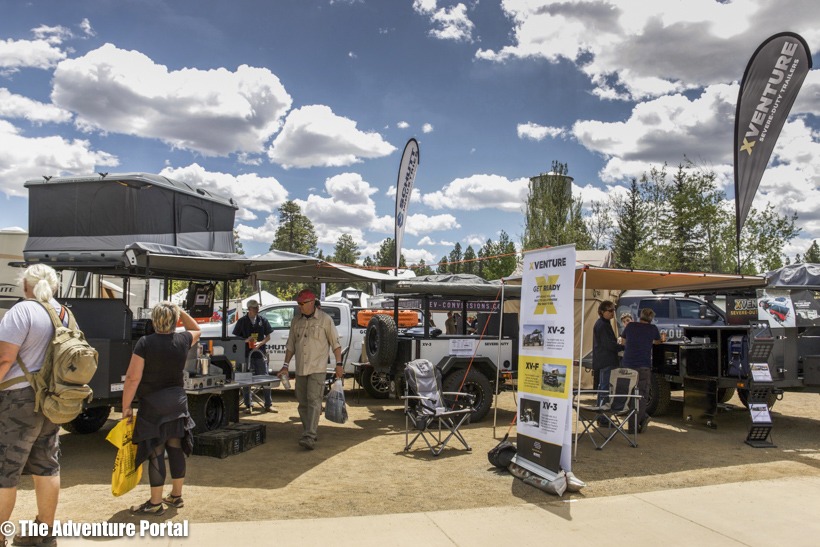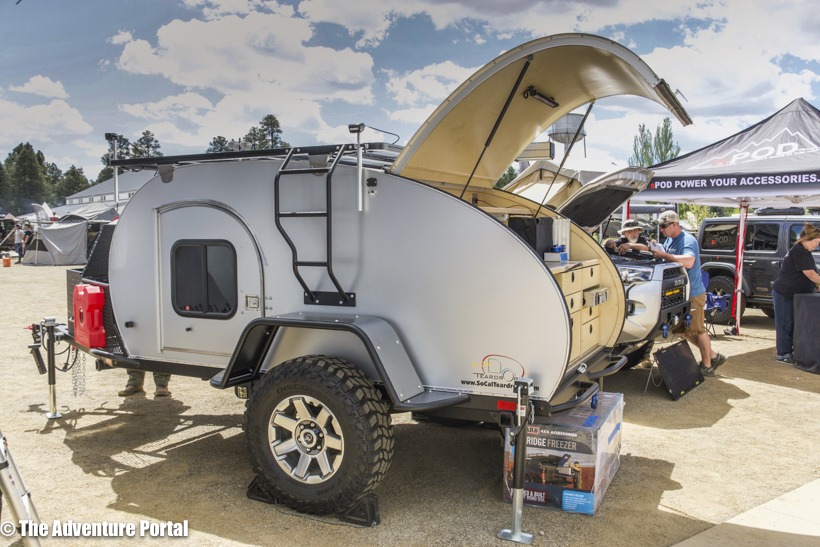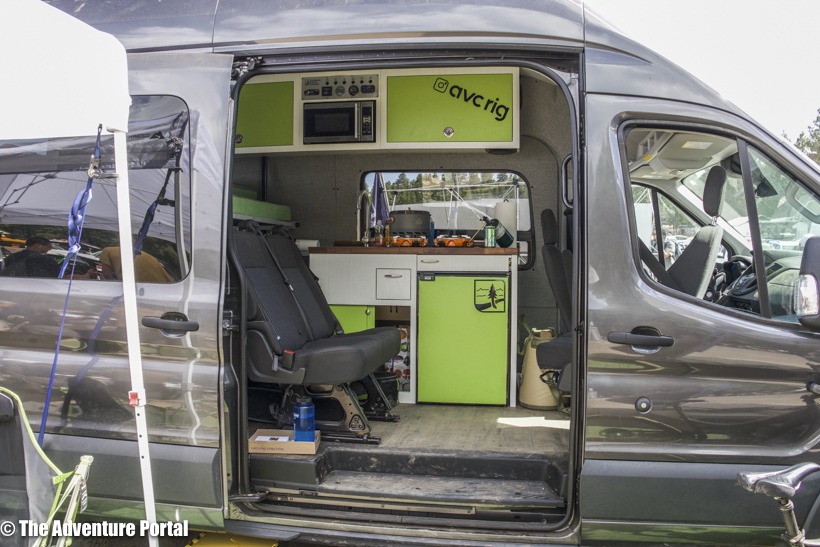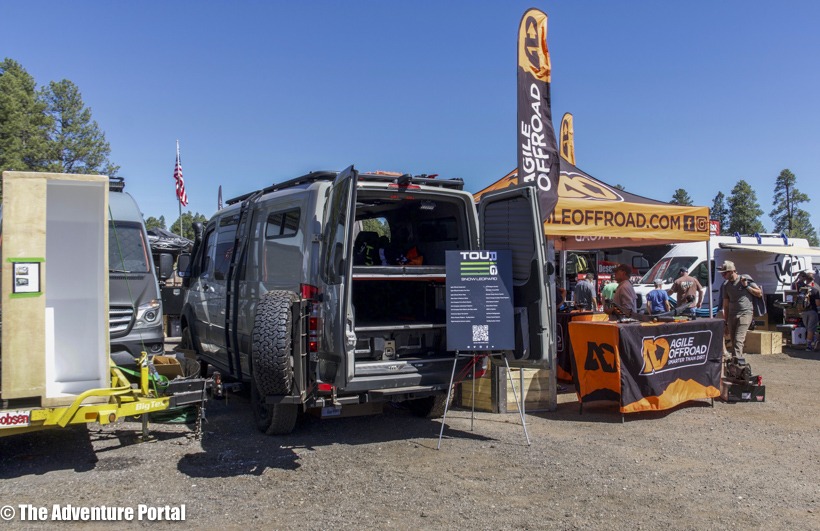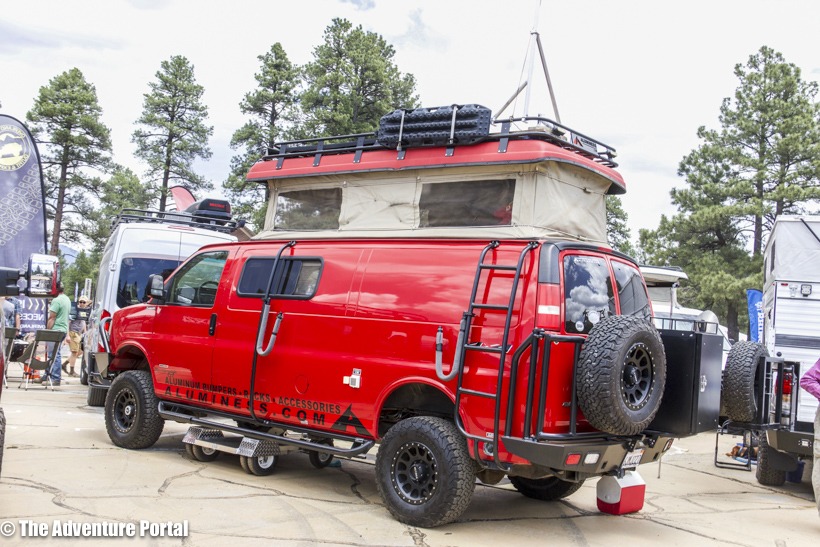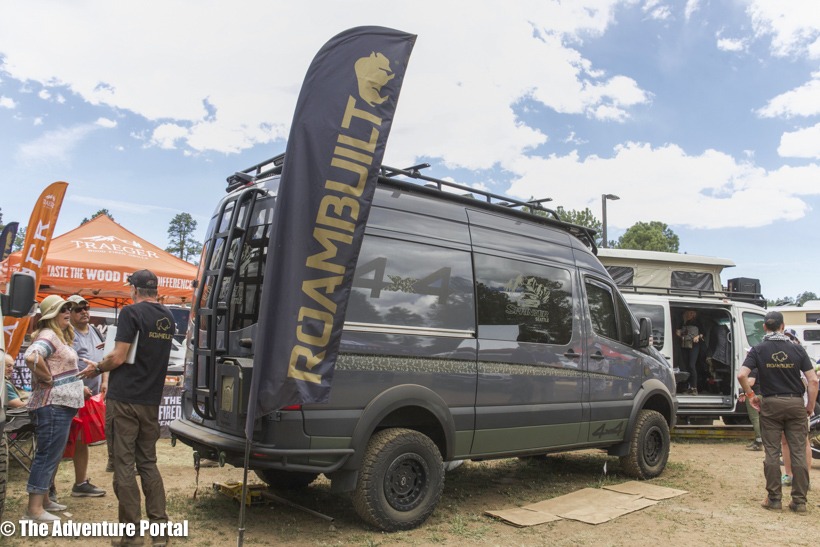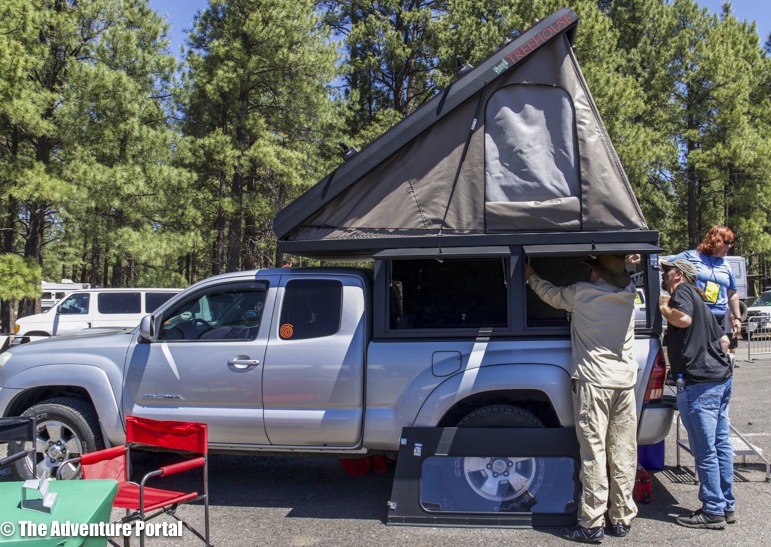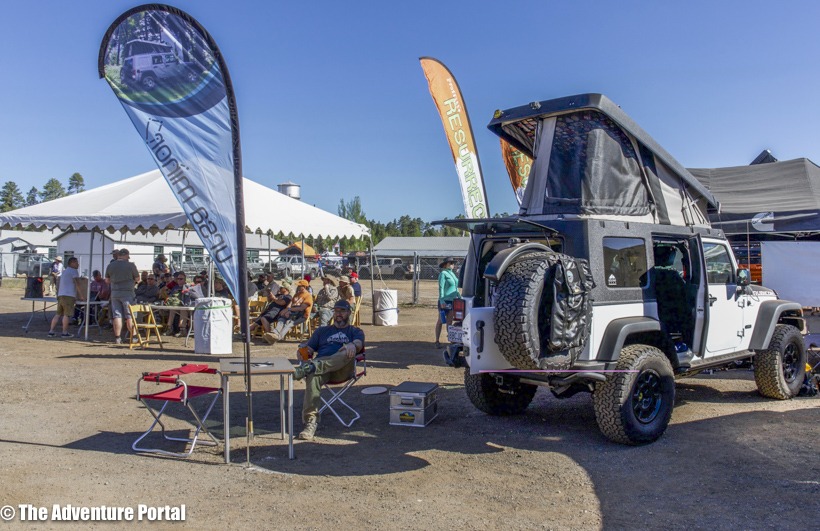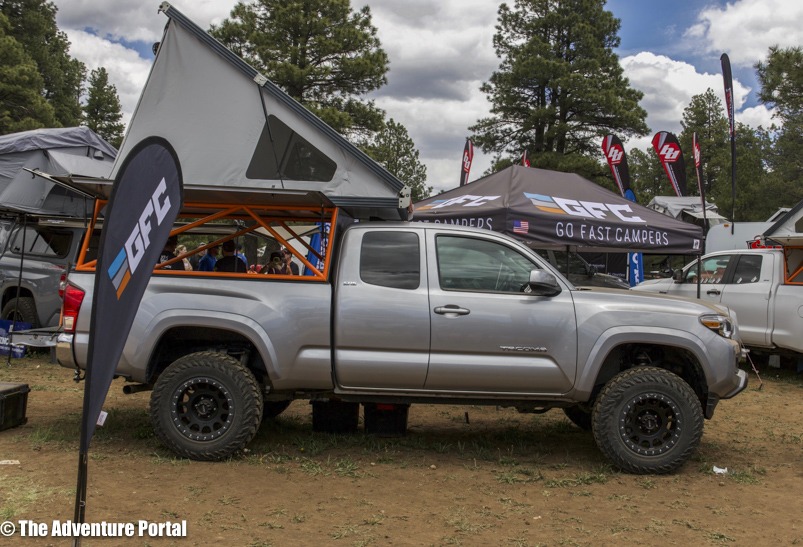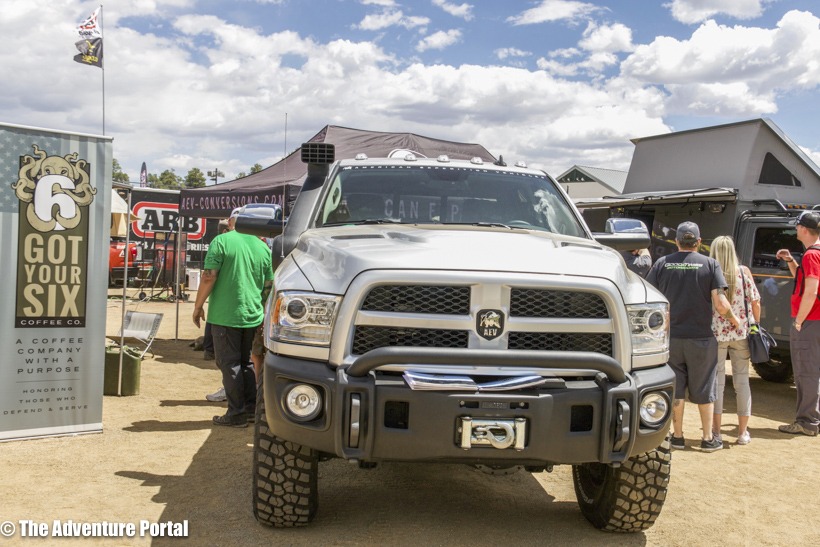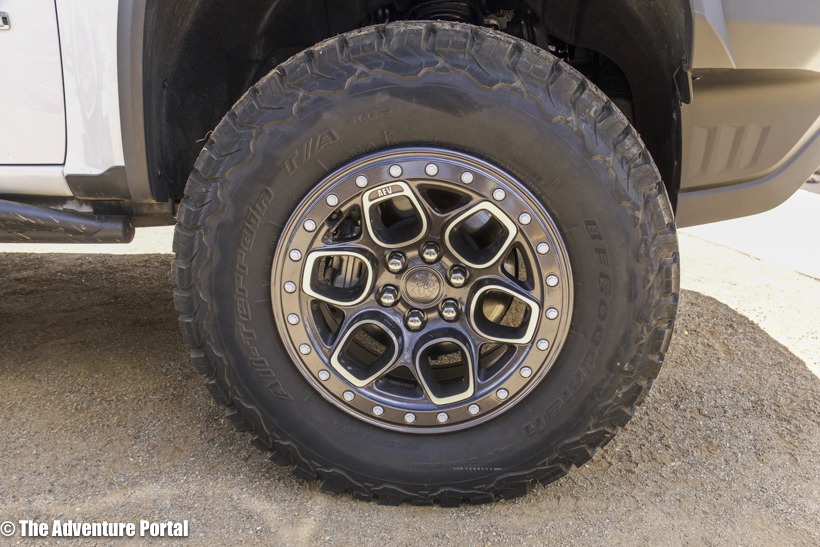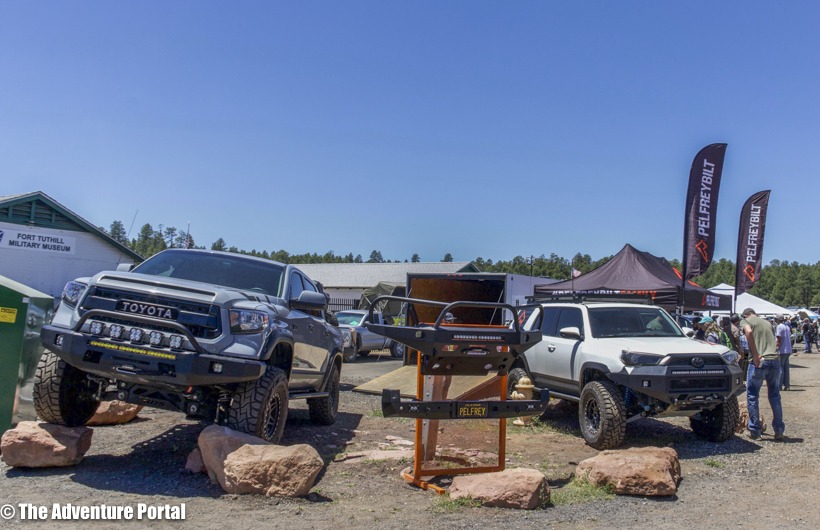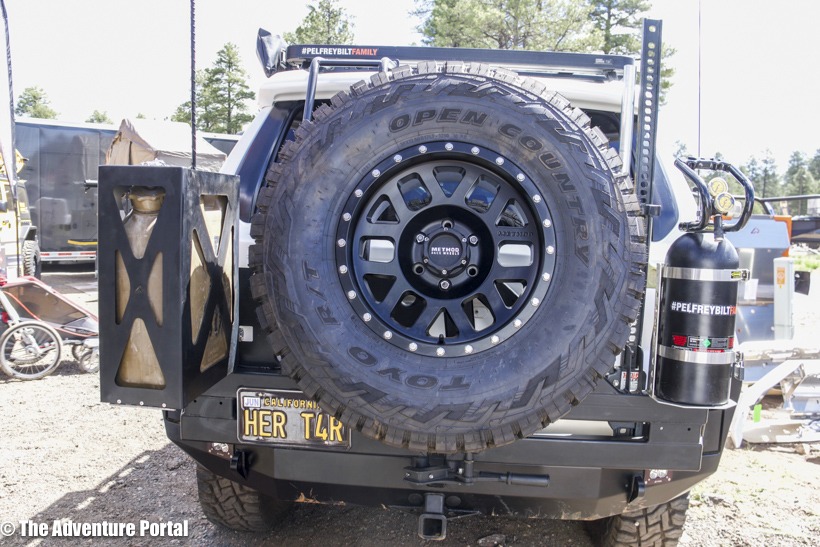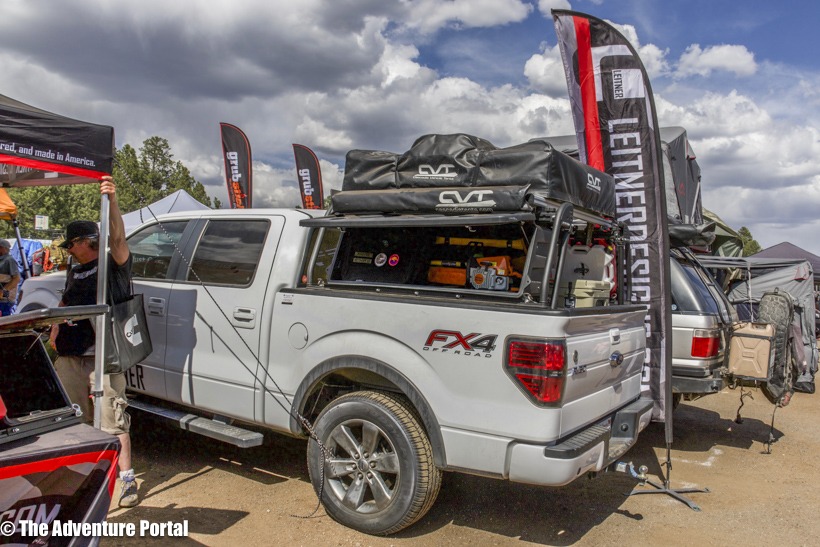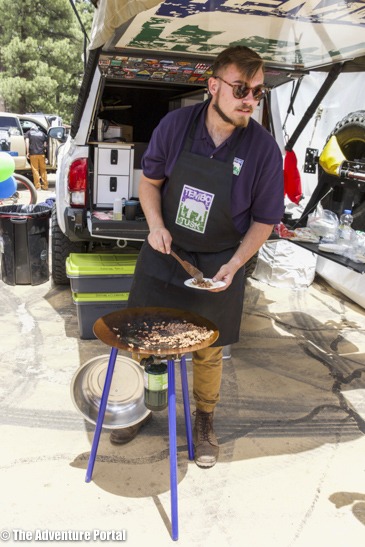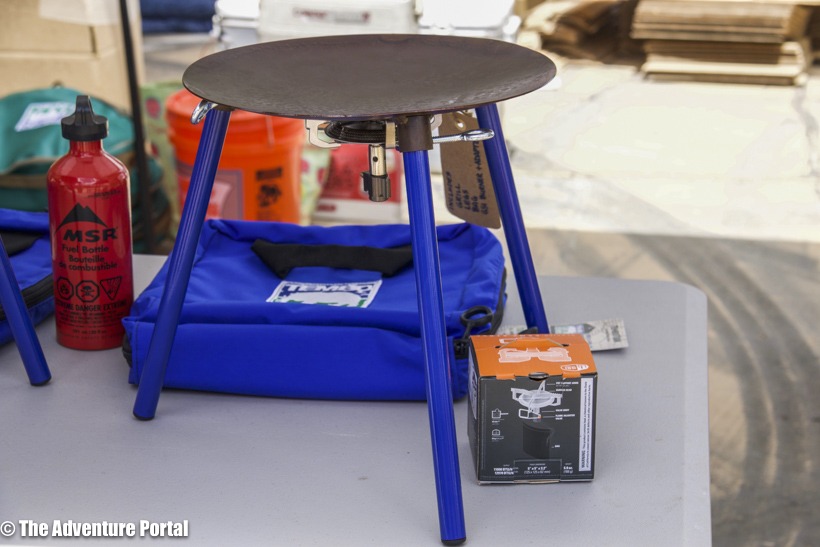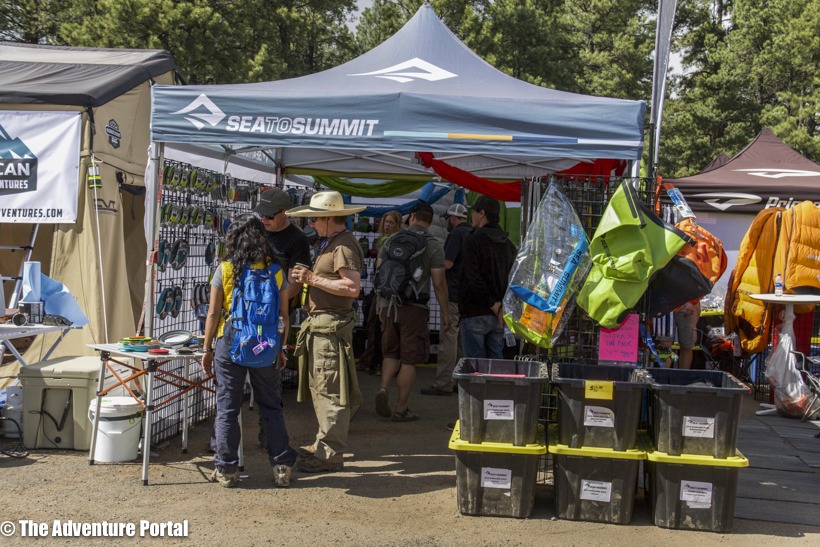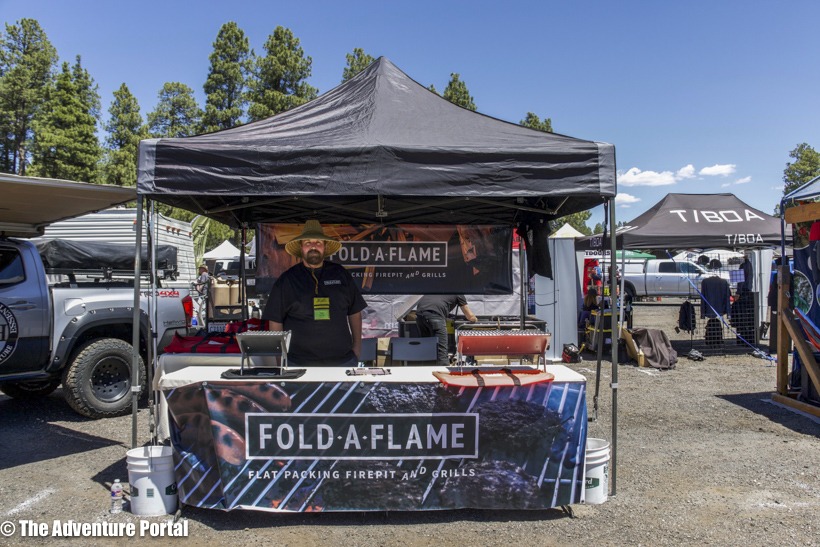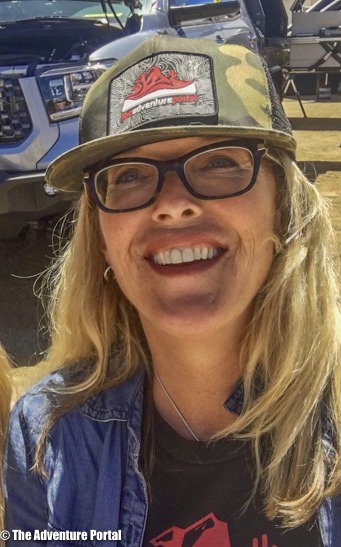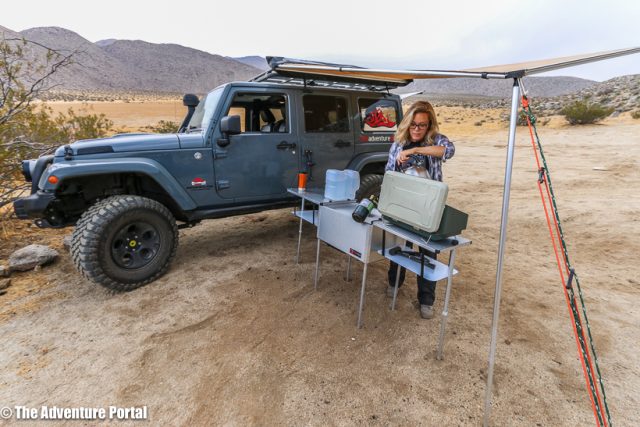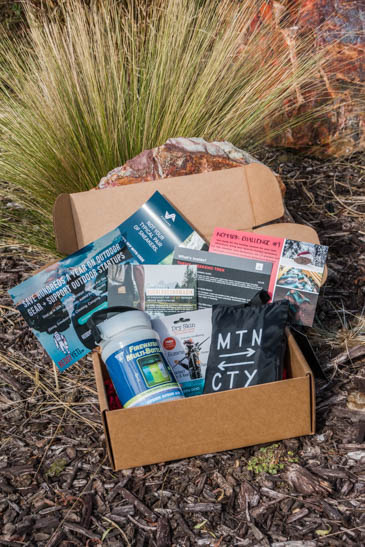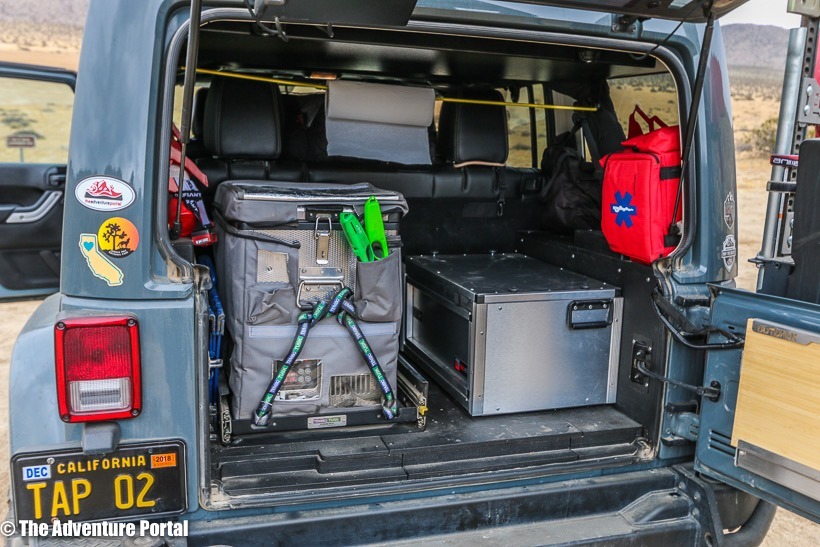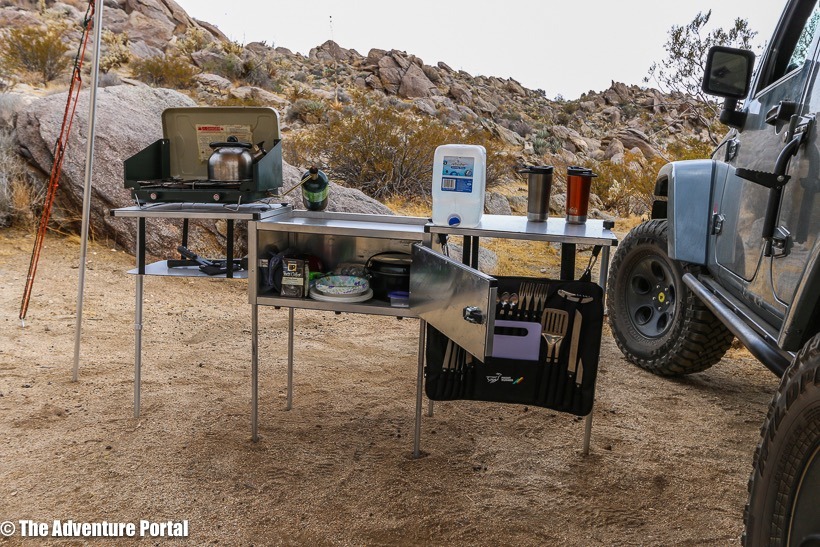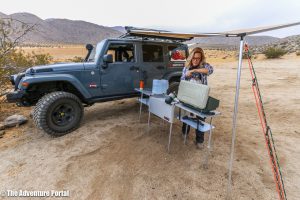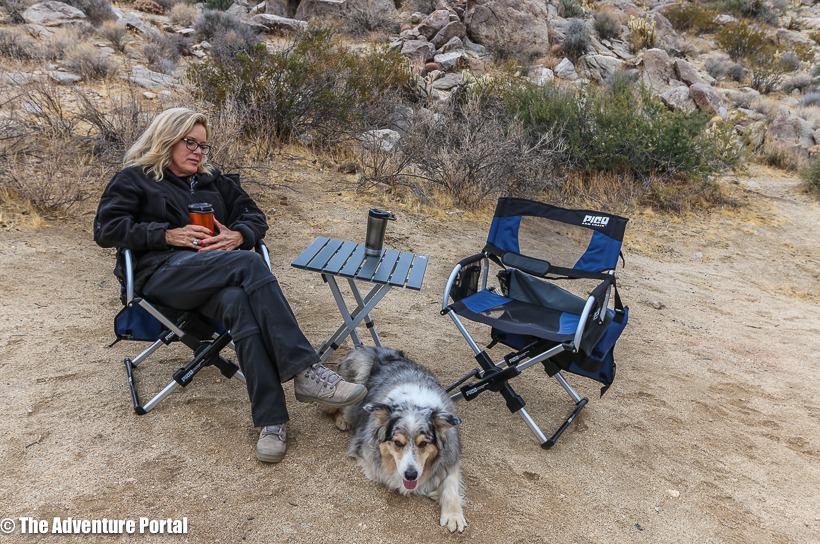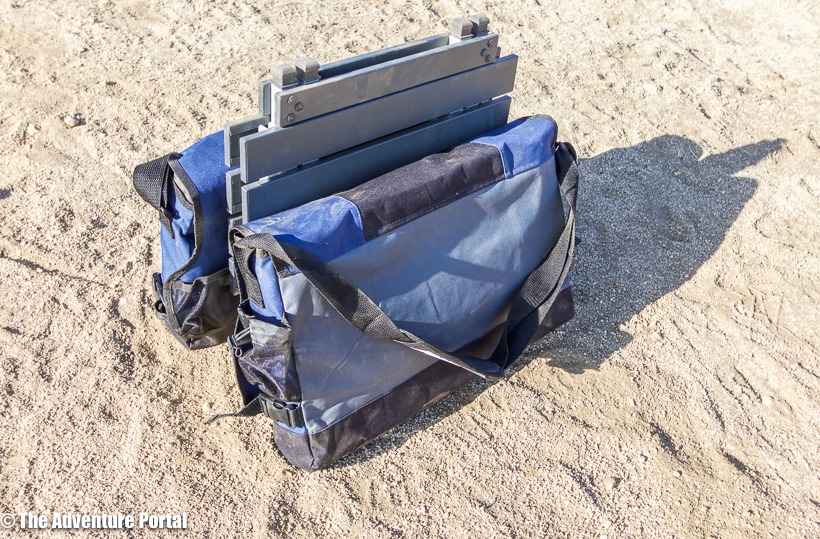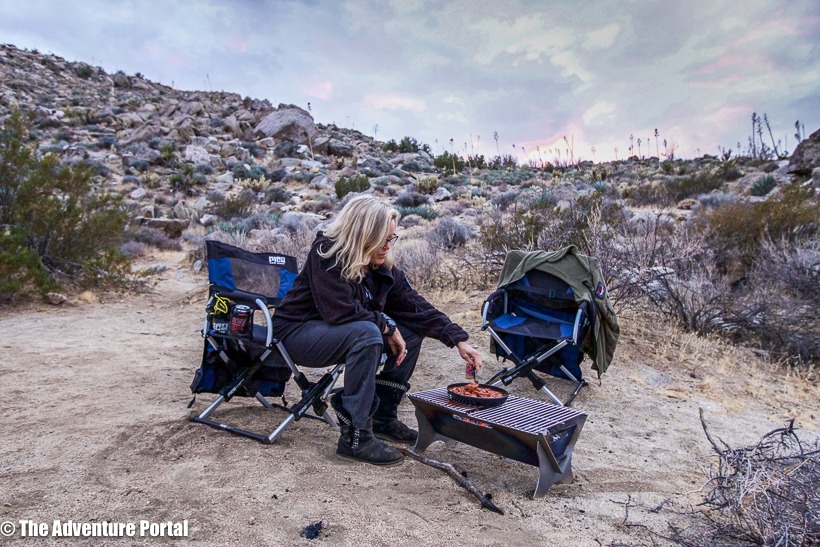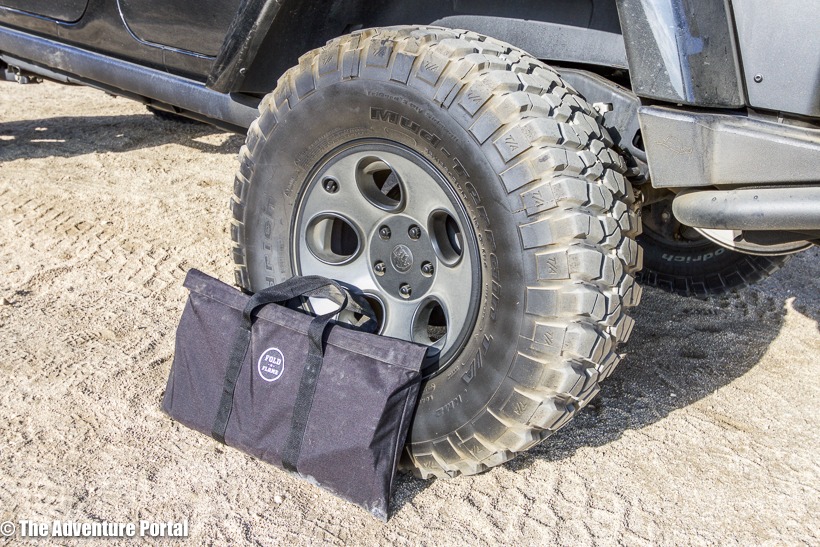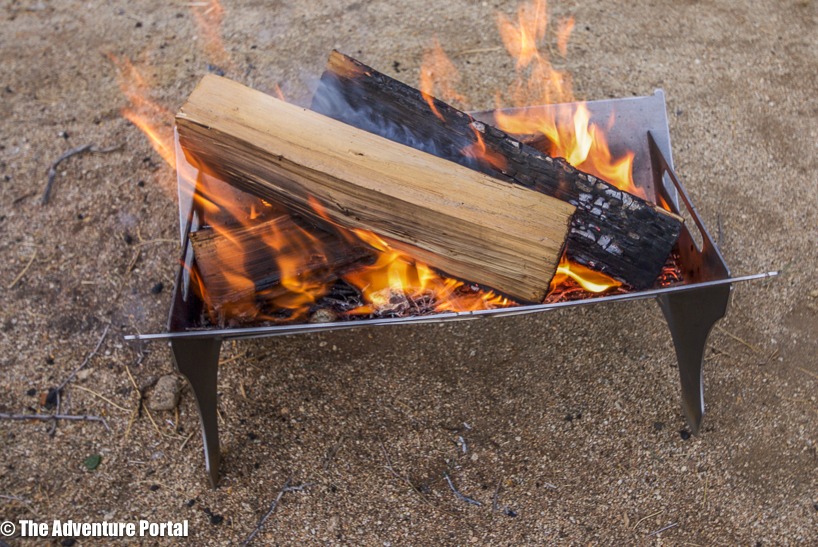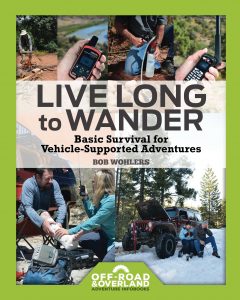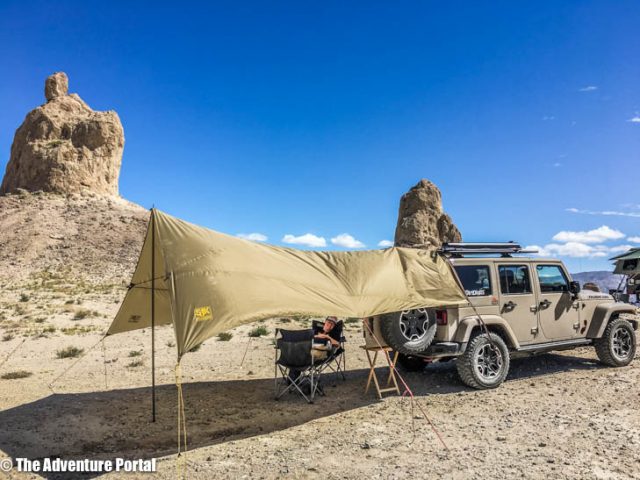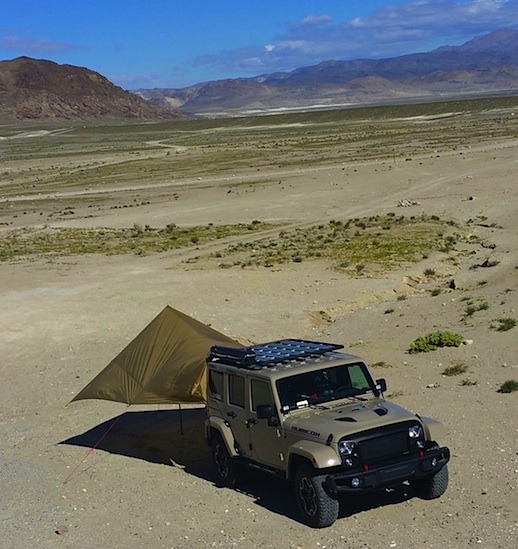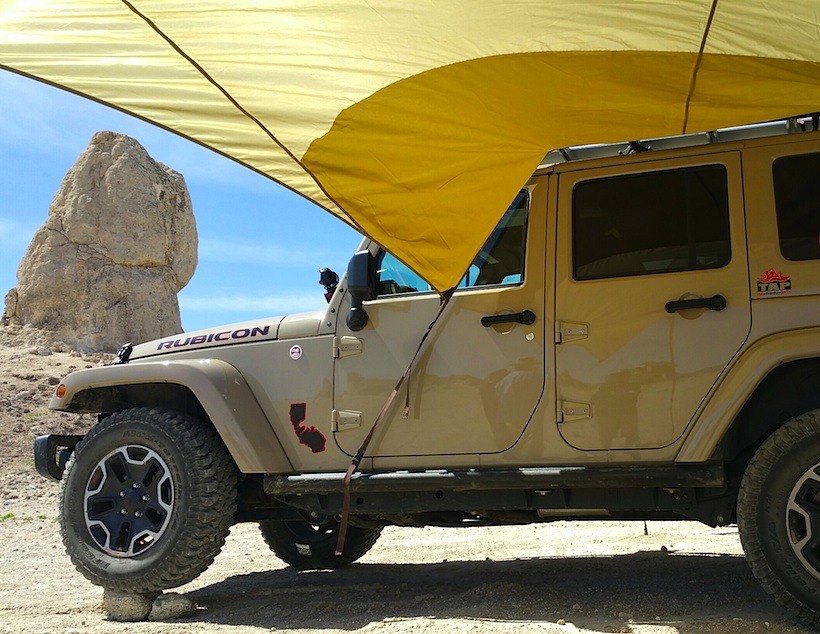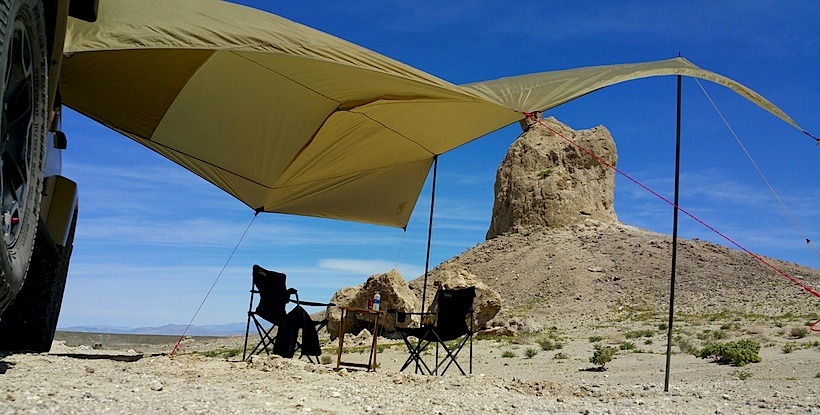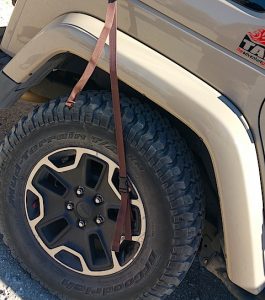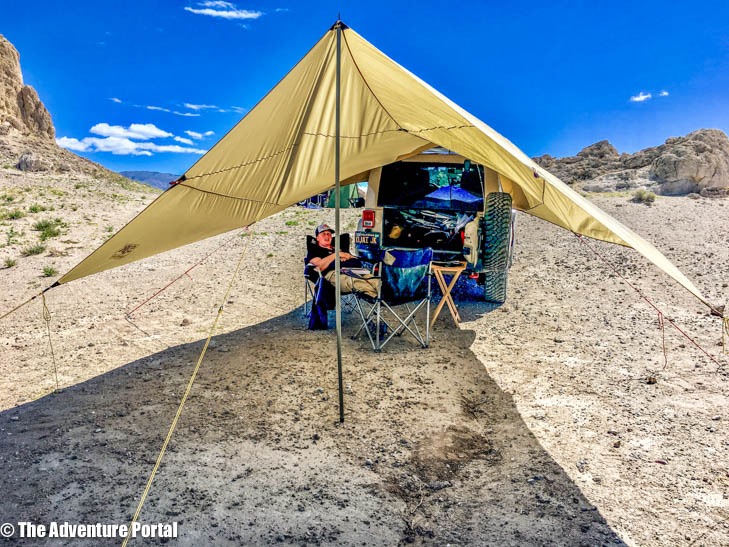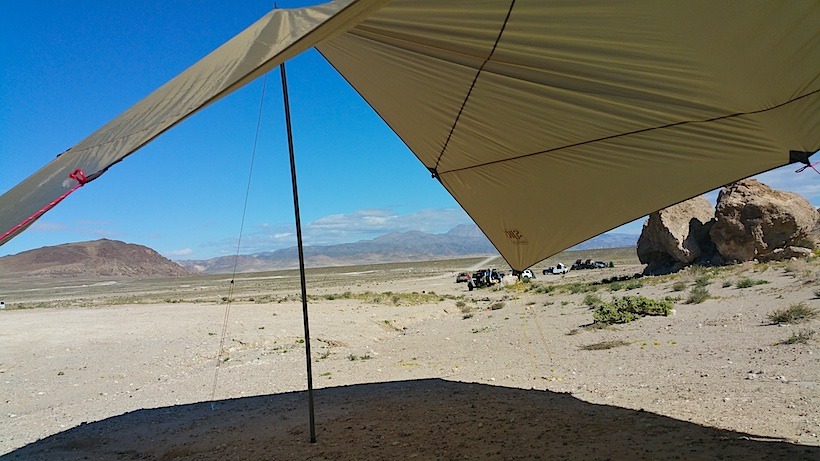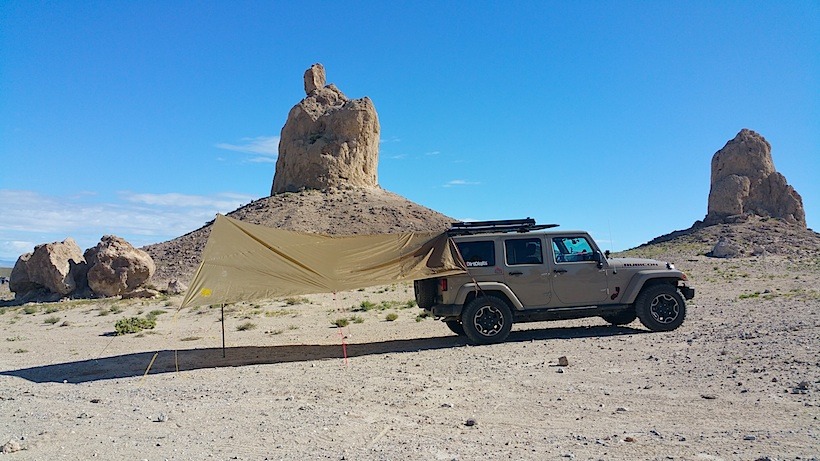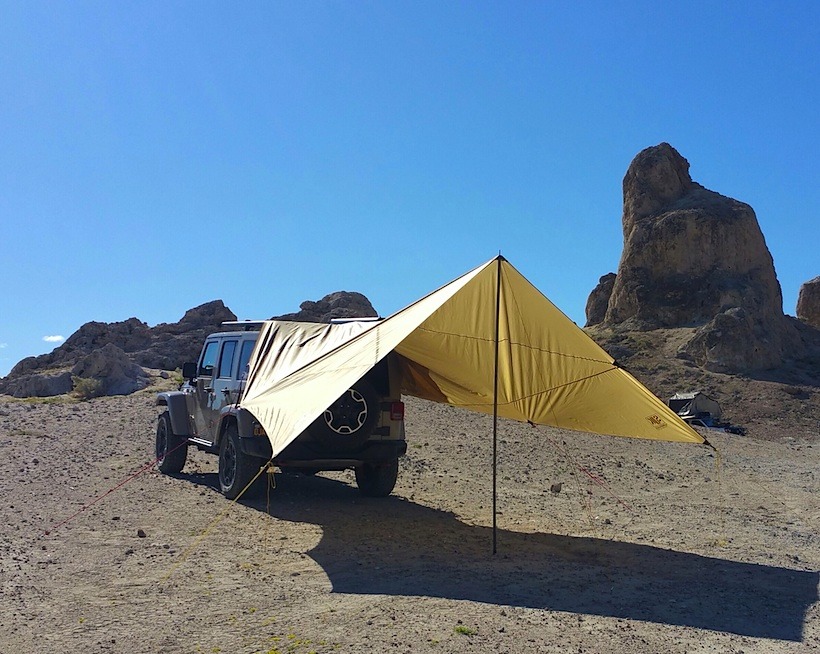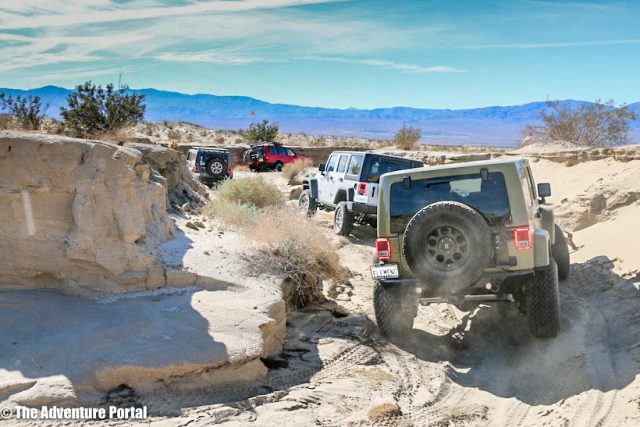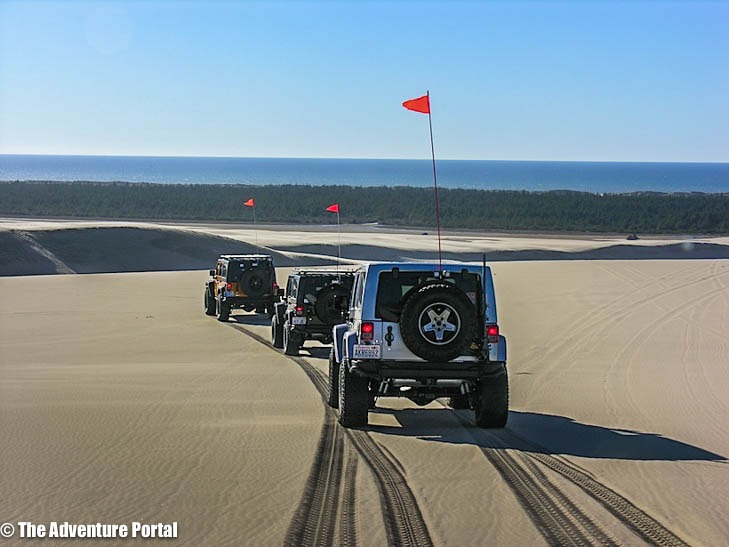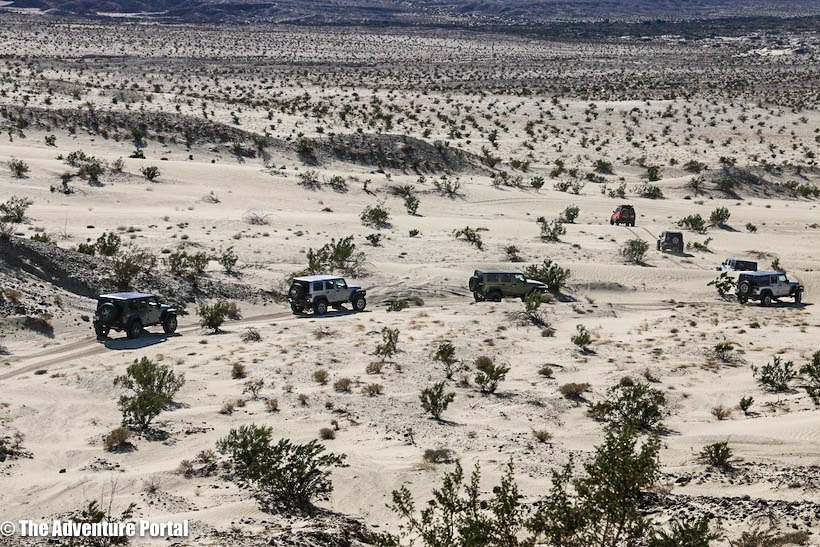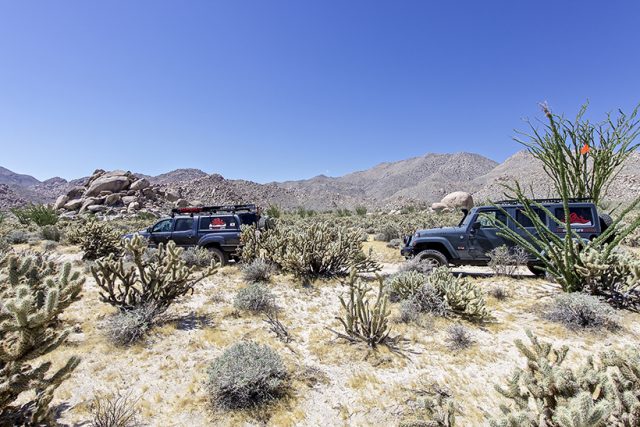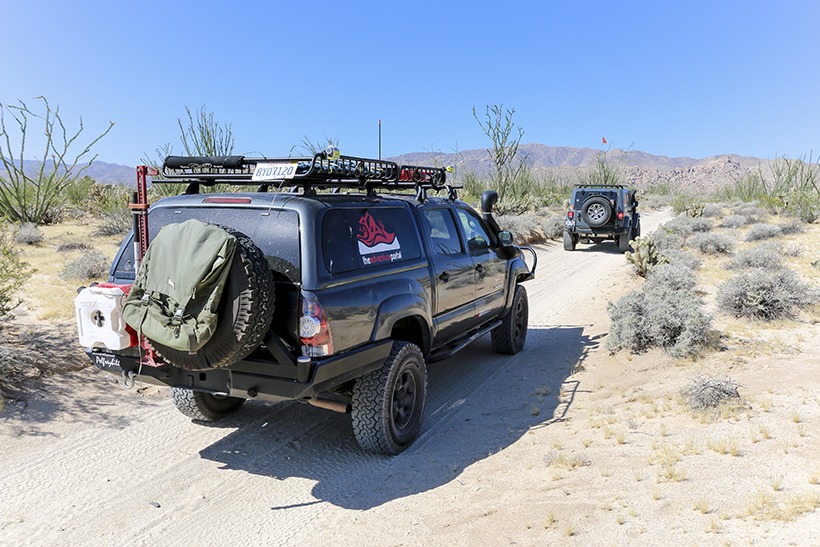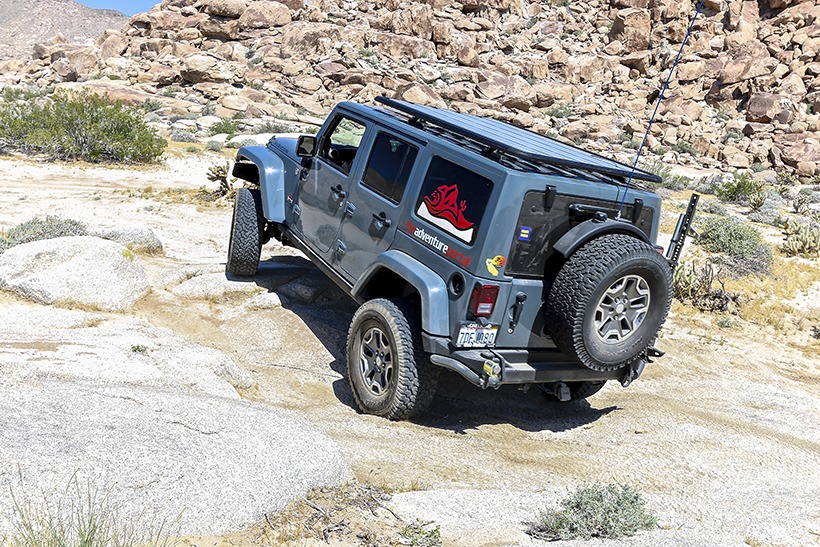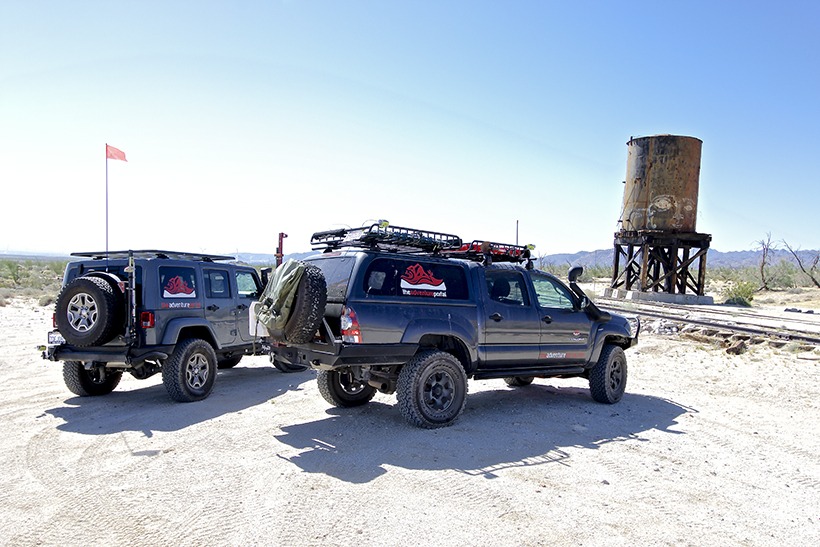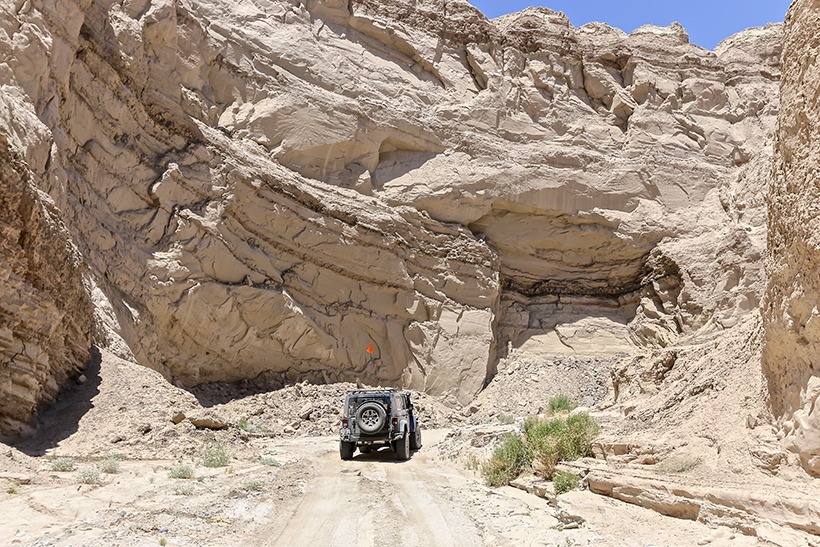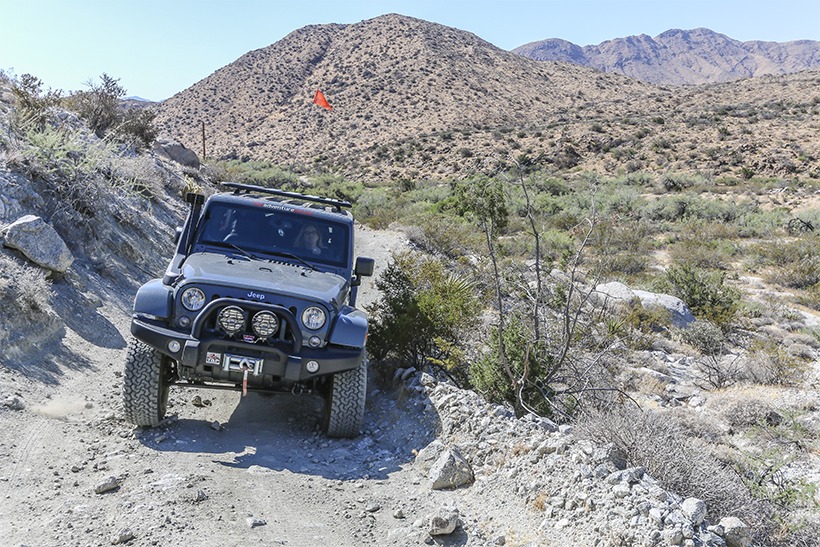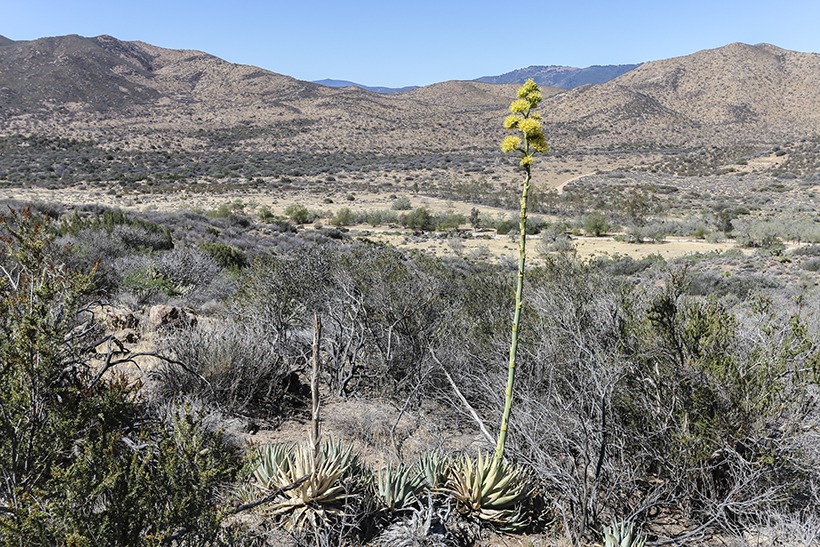Camping Repair Kit
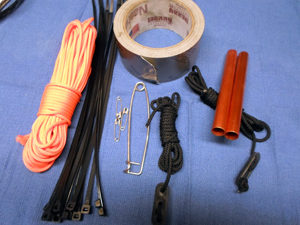
One of the keys to a successful off-road trip is preparation. I’ve written about that many times. Understandably, the focus is on preparing your vehicle and yourself for the journey. With this article I’d like to zero in on personal items and camping gear. Do you know how to handle breaks, tears or holes in your camping gear, clothing or bedding? It begins with the proper tools and supplies. Let’s take a look at some of the items you should pack.
For camping
Several manufacturers offer camping repair kits. They appear to be pretty good and you could probably get by with one of those. If you choose to build a kit, be sure to include these items:

–Patches and glue for the tent fabric, and a bottle of seam sealer.
–Materials to repair broken tent poles. You can use short pieces of tube slightly larger than the tent poles, along with duct tape or other strong tape.
–Carry a few small hose clamps in order to solidly hold together something on either side of the break. Camping kits contain the short tubes, known as tent pole ferrules, so you may be better off just buying a kit. Some kits also include Tenacious Tape, designed specifically for high-stress applications.
–Extra mantel(s) and generator(s). If your lantern and stove use liquid gas, consider purchasing at least one extra generator. They wear out with heavy use. You can find those at camping stores and online. Also, make sure you have extra mantels on hand.
–Patches for repairing holes in the air mattress. Therm-A-Rest mattresses come with patch kits. The patching process is a bit complicated, but it works great.
For your clothing

Clothing takes a beating in the outdoors. A sewing kit will allows you to mend your clothing, as well as sleeping bags and backpacks. At a minimum the kit should include a needle, thread and buttons. For heavy-duty work (backpack seams and sleeping bags), pick up a Speedy Stitching Sewing Awl. These handy devices include two or three sturdy needles and heavy waxed thread.
I’ve used one of these to stitch up a tear in a canvas chair (hey, I’m a poet!), a seam on a tent pole bag and the seams on a backpack.
For general repairs
-Duct tape: The all-purpose repair “tool.” Enough said!
-Rescue tape (self fuse silicone tape): Designed for applications involving high temperatures and pressures, like radiator and heater hoses. I’ve also used it to repair tent poles (in conjunction with a short piece of pipe). Rescue tape is so useful, I recommend you pack one roll along with other tools and gear.
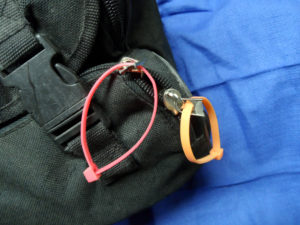
-Safety pins and zip ties: Very versatile and useful. For example, you can use either to replace the handle portion of a zipper that has broken off. Simple feed one end through the hole in the zipper body and form a loop. Your zipper works like new again. Of course, safety pins and zip ties have multiple uses. Best of all, they don’t take up much space. Pack a bunch of them.
-All-purpose glue: Seal-All® glue is quite versatile and can have applications for your vehicle as well. The manufacture states that it is capable of repairing oil pans, gasoline tanks, oil lines, golf club grips, fletching arrows, fishing rod tips and guides, tents, canoes, boats, outboard motors, fishing lures, woodworking, model kits, glass, china, crockery, leather, metal, porcelain, fiberglass, plastics, ornaments, figurines, linoleum, oilcloth, furniture, knobs and drawers, screens, tile, plumbing, gutters, and much more. You get the picture and I’m sure you can imagine all the possible uses on an outdoor adventure.
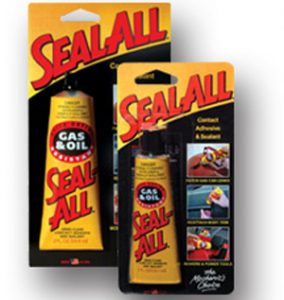
Don’t let a minor rip or hole put a tear in your off-road plans. Pack a repair kit and the proper supplies so you can deal with those issues that crop up during your off-road trip. The additional investment is minor, and it will allow you to keep on wheeling in comfort.
Article and photos: Tom Severin. Tom Severin is an International 4-Wheel Drive Trainers Association© certified professional 4WD Trainer and a Wilderness First Responder (WFR). He is an instructor for the United Four Wheel Drive Associations (UFWDA) and the California Association of 4WD Clubs. His business, Badlands Off Road Adventures is based in Southern CA. To find out more about his trainings and trips go to 4x4training.com
Featured photo courtesy of Todd Rogers of Four Points Adventures







